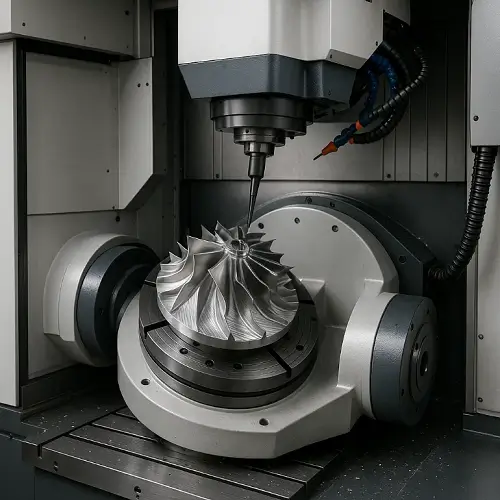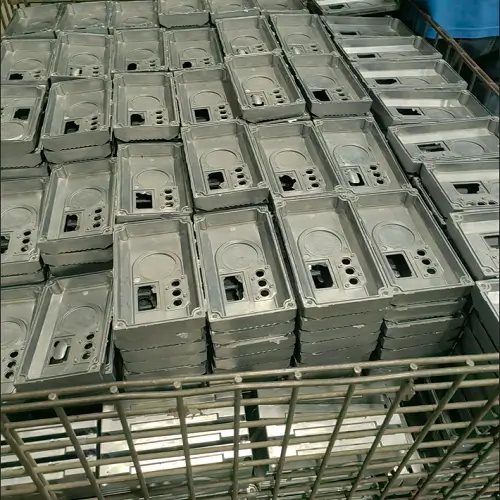A Guide for Engineers:This engineer’s guide provides a comprehensive overview of CNC machining tolerances based on ISO 2768 standards, recommended tolerance ranges for common materials, and the impact of tolerance selection on manufacturing cost. It also showcases how Jeek Rapid achieves extreme tolerance control of ±0.02mm through advanced equipment and processes—with real-world cases demonstrating precision as tight as ±0.015mm.

What Are CNC Machining Tolerances?
CNC machining tolerance refers to the permissible range of dimensional variation for a part. It is usually expressed in millimeters (mm) or inches (in). The industry commonly follows the ISO 2768 standard, which classifies tolerances into four levels:
Fine (f): ±0.05mm
Medium (m): ±0.1mm
Coarse (c): ±0.2mm
Very Coarse (v): ±0.5mm or more
The appropriate tolerance level depends on the part’s functional requirements. For example, aerospace components often require “fine” tolerances, while general structural parts may only need “medium” or “coarse” tolerances.
Recommended Tolerance Ranges for Different Materials
| Material Type | Typical Tolerance Range (mm) | Limit Tolerance (mm) |
|---|---|---|
| Aluminum Alloys | ±0.05 – ±0.1 | ±0.02 (Precision Machining) |
| Carbon Steel | ±0.07 – ±0.15 | ±0.03 (After Grinding) |
| Stainless Steel | ±0.1 – ±0.2 | ±0.05 (Special Processing) |
| Engineering Plastics | ±0.1 – ±0.3 | ±0.08 (In Stable Conditions) |
Note: Plastics have a higher thermal expansion coefficient. It is recommended to loosen tolerance by 20%–30%.
How Tolerances Affect Cost
Every step tighter in tolerance (e.g., from ±0.1mm to ±0.05mm) can increase machining costs by 30%–50%, due to:
The need for high-precision machines (e.g., Swiss-type lathes)
Longer machining times (multiple operations, slow feeds)Additional inspection procedures (CMM, precision measuring)
Cost-effective tip: Use ISO 2768-m level for non-critical dimensions and apply fine tolerances only to mating or critical surfaces.
Jeek Rapid’s Tolerance Control Capabilities
At Jeek Rapid, we ensure tight machining tolerances down to ±0.02mm, enabled by:
Equipment: Mazak Integrex 5-axis machines (positioning accuracy ±0.005mm)
Processes: 4-step method – roughing → semi-finishing → finishing → vibration polishing
Inspection: 100% full inspection with Zeiss CONTURA G2 CMM
-
Environment: Temperature-controlled workshop (23±1°C) to minimize thermal deformation
Case Study
We successfully machined a titanium alloy bone plate for a medical project, achieving:
Dimensional tolerance: ±0.015mm
Flatness: 0.01mm
Free Resource Download
[CNC Tolerance Quick Reference PDF] includes:
Hole/shaft fit tolerance tables
Machine tool accuracy comparison
Shrinkage compensation formulas for various materials
Consult with Jeek Rapid Engineers
At Jeek Rapid, we’re happy to help you optimize your tolerance drawings to ensure functionality while reducing costs. Our engineers offer:
Free drawing reviews and technical feedback
Fast CNC quotes (within 24 hours)
Suggestions for tolerance optimization
Cross-industry experience in medical, aerospace, robotics, etc.
Upload your drawing or send us your requirements to receive free technical support and a fast quote.
Visit https://jeekrapid.com/get-quote/
(No registration required. Direct file uploads supported in multiple formats.)


